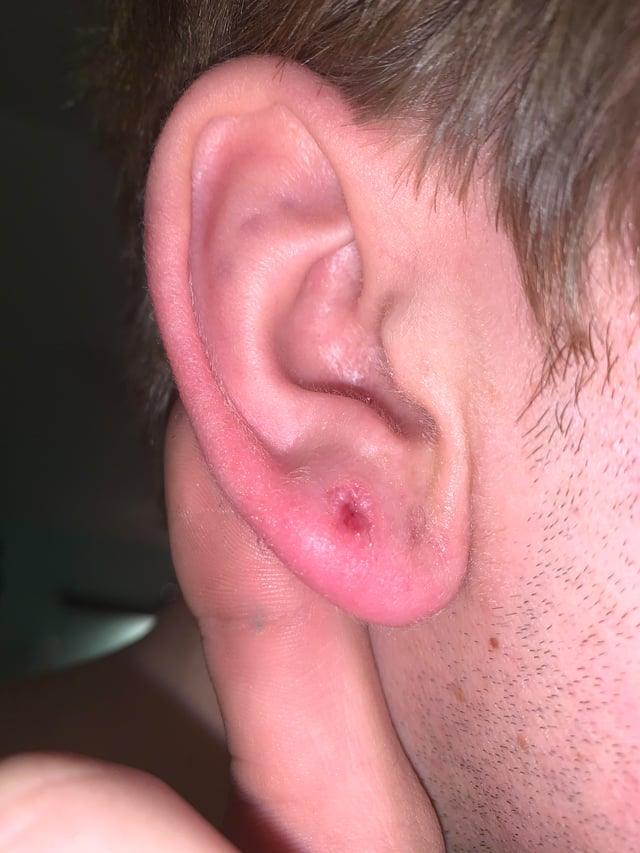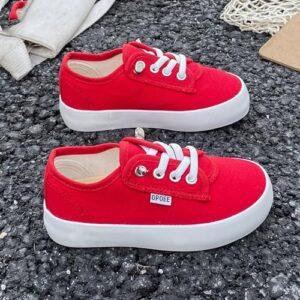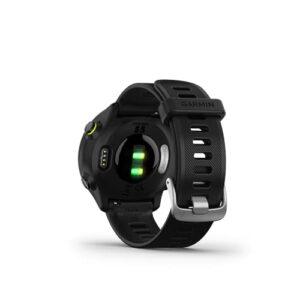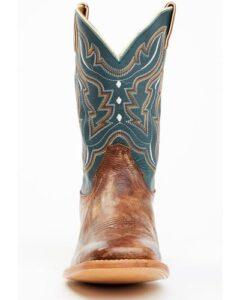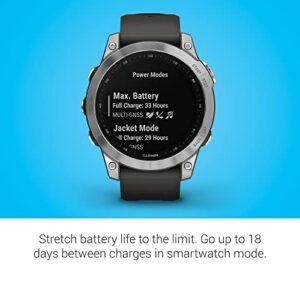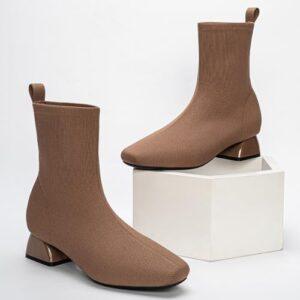Have you ever noticed that your earring hole suddenly starts to hurt, even after years of wearing earrings without any problems? It can be confusing and uncomfortable, especially when you thought your piercing was fully healed.
You might wonder if something is wrong or if you need to stop wearing earrings altogether. Understanding why your earring hole hurts now can help you find the right solution and keep your ears healthy. Keep reading to discover the common reasons behind this pain and how you can fix it quickly.

Credit: www.reddit.com
Common Causes Of Late-onset Earring Pain
Infectioncan happen even years after getting an ear piercing. Dirt, bacteria, or not cleaning earrings well may cause pain and swelling. Keep the area clean and dry to avoid infections.
Allergic reactionsto metals like nickel are common. Some earrings contain metals that irritate the skin. Switching to hypoallergenic earrings can help stop pain and redness.
Irritationfrom earrings may happen if they are too tight or heavy. Wearing new or cheap earrings sometimes causes discomfort. Choose light and well-fitting earrings to reduce irritation.
Trauma or injuryto the ear, such as pulling or bumping, can hurt the piercing spot. Even minor accidents may cause pain after years. Protect your ears during sports or sleep to avoid injury.

Credit: www.reddit.com
Changes In Skin And Tissue
Aging skinloses some of its natural softness and flexibility. This makes the earring hole area more sensitive and prone to pain. Over time, the skin and tissue around the hole become thinner and less elastic.
Scar tissueforms as the body heals from the original piercing. This tissue can harden or thicken, causing discomfort or tenderness years later. The scar may also tighten, squeezing the hole.
Keloidsare raised, thick scars that grow beyond the original wound. They can develop around earring holes and cause itching or pain. Not everyone gets keloids, but they are more common in some people.
Earring Material And Design Issues
Nickel sensitivityis a common cause of earring hole pain. Nickel can cause allergic reactionsthat lead to redness and itching. Many cheap earrings contain nickel, which irritates the skin.
Poor quality jewelryoften uses materials that harm the skin. These earrings may have rough edges or poor finishes. Such earrings can cause infectionsor make the hole sore over time.
Wearing heavy or large earringsputs extra weight on the earlobe. This stress can stretch or tear the hole, causing pain. Heavy earrings may also pull on the skin and cause discomfort.

Credit: www.reddit.com
Hygiene And Care Factors
Poor cleaningcan cause your earring hole to hurt. Dirt and oil build-up might lead to irritation or infection. Use gentle soap and water to clean the area daily. Avoid harsh chemicals that can damage the skin.
Sleeping with earringsoften causes discomfort. Earrings press against the skin and may cause swelling or pain. Try removing them before bed to let your skin breathe and heal.
Environmental irritantslike dust, pollen, or smoke can irritate your earring hole. These tiny particles stick to your skin and cause redness or pain. Keep your earrings and skin clean to reduce irritation.
When To See A Doctor
Signs of infectioninclude redness, warmth, and pus near the earring hole. The skin may look swollen or feel tender. A bad smell can also happen. Watch for fever or chills, which means the infection might be serious.
Persistent pain or swellingthat lasts more than a few days needs attention. The area may hurt even without touching it. Swelling can make the hole hard to clean or wear earrings. Pain that gets worse is a warning sign.
| Treatment Options | Description |
|---|---|
| Cleaning | Use mild soap and warm water to clean the area twice daily. |
| Antibiotic Cream | Apply a doctor-recommended cream to fight infection and reduce swelling. |
| Remove Earrings | Take out earrings if pain or swelling worsens to help healing. |
| Doctor Visit | See a doctor if symptoms do not improve in a few days or get worse. |
Frequently Asked Questions
Why Does My Earring Hole Hurt After Years Of No Pain?
Earring holes can hurt due to infections, allergies, or irritation. Old holes may get irritated by new earrings or cleaning products. Sometimes, skin changes or buildup cause discomfort. If pain persists, consult a dermatologist or piercer for proper care and treatment.
Can Old Earring Holes Get Infected Suddenly?
Yes, old earring holes can get infected due to bacteria, poor hygiene, or irritation. Wearing new or unclean earrings increases infection risk. Symptoms include redness, swelling, and pain. Treat infections promptly with cleaning and, if needed, medical advice to avoid complications.
What Causes Soreness In Earring Holes After Years?
Soreness may result from allergic reactions to metal, trauma, or buildup of dirt and oils. Skin changes around the piercing can also cause sensitivity. Avoid harsh chemicals and switch to hypoallergenic earrings to reduce soreness and maintain healthy piercing sites.
How Can I Prevent Earring Hole Pain After Years?
Clean your earring holes regularly with saline solution. Avoid using harsh chemicals or tight earrings. Choose hypoallergenic jewelry to prevent allergies. Remove earrings occasionally to allow the skin to breathe. Proper hygiene and care minimize pain and infections in old earring holes.
Conclusion
Pain in an old earring hole can happen for many reasons. Sometimes, it shows an infection or irritation. Other times, it may come from allergies or a new earring material. Cleaning the area gently helps a lot. Avoid touching or twisting the earring too much.
If pain lasts or worsens, seeing a doctor is wise. Taking care of your ears keeps them healthy and comfortable. Remember, small problems now can stop bigger ones later. Stay aware of how your ears feel each day.
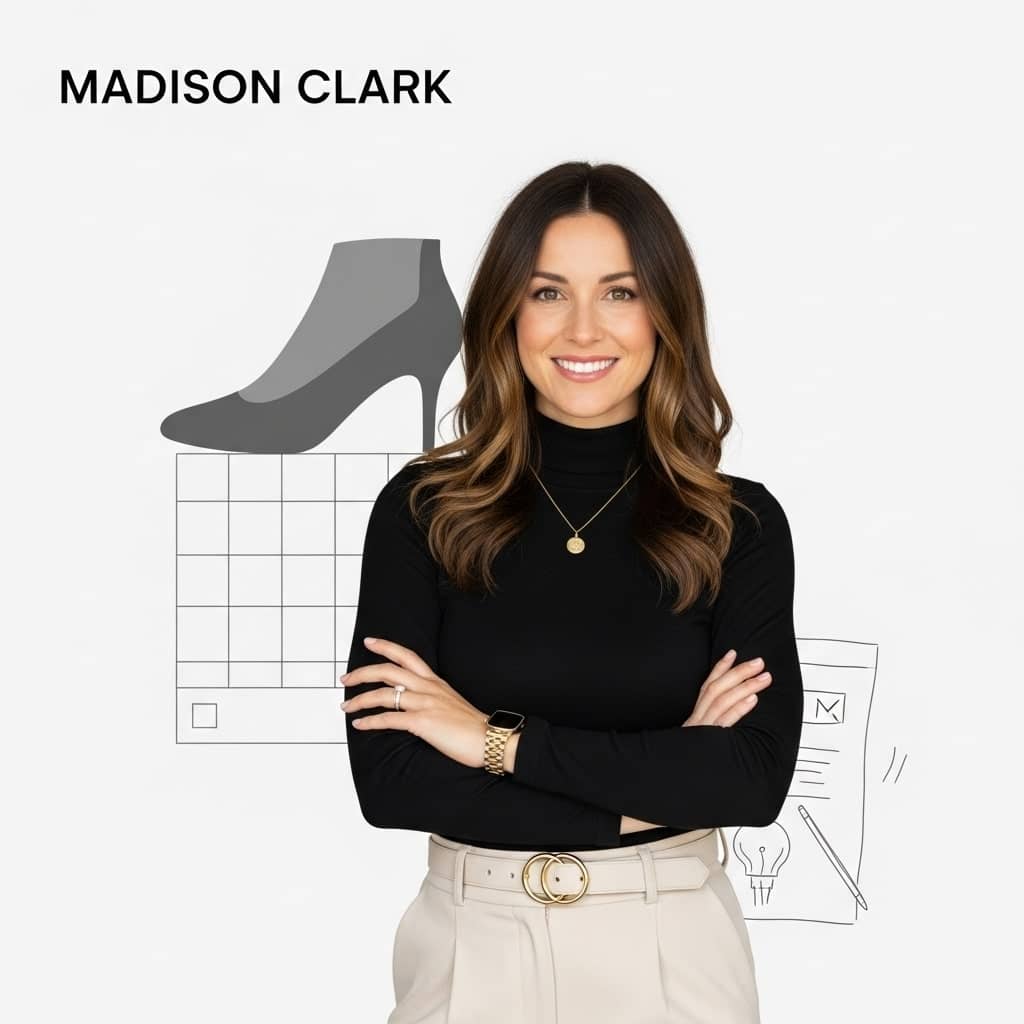
Madison Clark is a footwear expert and the voice behind MyStyleGrid.com. She specializes in honest shoe reviews, style tips, and practical guides to help readers find the perfect pair for any occasion. With years of experience in blogging and content creation, Madison makes footwear knowledge simple, stylish, and easy to follow.

